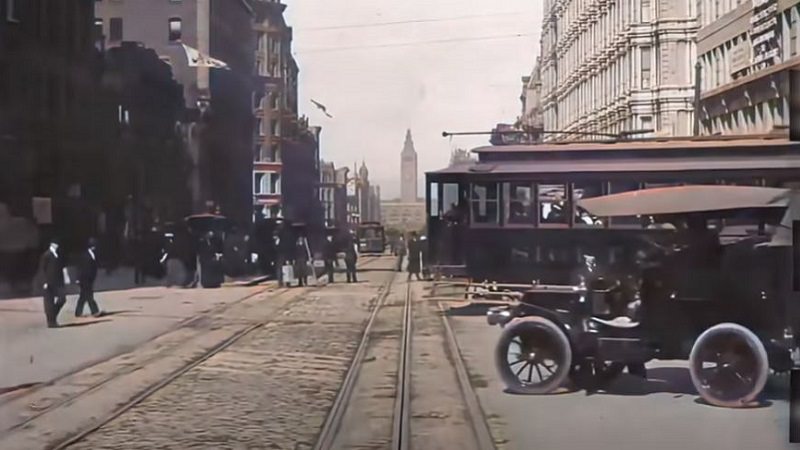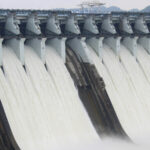The first film shots of the story are usually very jerky. A feeling of pleasure is rarely experienced while watching. Denis Shirayaev puts an end to this problem. Using artificial intelligence, the YouTuber brings the videos into the present.
Have you ever tested a new technology, a new device or a new format? Maybe it was a live video on Facebook a few years ago or a story on Snapchat.
What all these little experiments have in common is that they mostly reproduce relatively banal situations – and that’s always been the case. For example, when you watch the first film recordings, you often see shots of city centres. The highlights usually come only in the course of time.
The pitfalls of the world’s first films
Some famous examples of mankind’s first moving image formats show, for example, the hustle and bustle of San Francisco in 1906 or the arrival of a train in a station in 1896.
Almost all videos from this period have some common features.
For example, most of them are black-and-white shots. The videos also usually have a much lower frame rate. Thus, as there are less single images per second, the recordings often seem to be ticked off and jumpy for our eyes.
Artificial intelligence increases frame rate
Denis Shirayaev has developed – or implemented – a solution for just those problems. For example, the YouTuber has reworked some historical videos through the use of artificial intelligence. He presents the results on his YouTube channel.
Specifically, neural networks, for example, have helped him to increase the frame rate from 20 motifs per second to 60 motifs per second.
This is made possible by artificial intelligence learning how people move, for example, through the consumption of countless videos. This enables it to artificially create the non-existent images and thus simulate a normal video.
YouTuber takes us on a time travel into the 19th and 20th century
But at this point the so-called upscaling is not over yet.
Denis Shirayaev has also significantly improved the resolution of the old films and partly colorized the shots. Of course, the colors don’t match the original. But the people, vehicles and events correspond to reality.
And if you feel like going on a little journey through time now, you can travel to the late 19th century or early 20th century to Paris, Moscow, Amsterdam or even San Francisco thanks to Denis Shirayaev.










